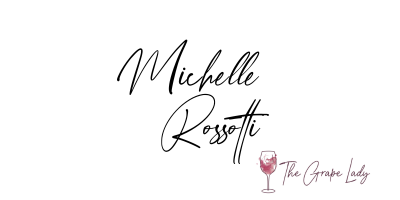
Dear Rosie Misconceptions,
For years, there has been a misconception that all rosés are sweet. This is an American misconception, perpetuated by the plethora of ‘white’ Zinfandel that flooded the American market in the 1970s. Thank you, Bob Sutter of Sutter Home. Sutter created a wine that appealed to the American palate. Remember, we, the people, love sugar and sweet. Even our Coca-Cola has a different formula than what is served in Europe. Sutter took a varietal that was struggling but widely planted, Zinfandel, and turned it into a product with mass appeal. In doing so, he confused Americans. In the rest of the world, rosés are dry almost 100% of the time. Like 1% of the rest of the world’s rosés are sweet, and our market is making more and more dry rosé. If it’s not ‘white’ Zinfandel, it’s probably dry.
About how rosé is made:
Color in wine comes from the grape skins. Think about if you have ever peeled a grape—the green ones and the red ones are the same color inside. As technology has improved over the centuries, we have whiter whites—the ability to quickly remove the juice from the skins prevents the leaching of color. Think about the red T-shirt that gets into a load of whites and tints everything pink. The skins of the grapes do this to the juice. There cannot legally be any food coloring in your wine. They can concentrate grape pigment and use that, but it’s not red dye #40. Ever.
There are four main ways to make rosé wine.
- Blending: The simplest method. Literally adding some red wine to a white wine to end up with a pink wine.
- Direct Press: The winemaker takes the red grapes and presses them to get the juice out; some of the color will naturally leach into the juice. These wines tend to be extremely pale but will have some tannins to them. The winemaker may still blend in some red juice, as this method can be used in conjunction with others.
- Maceration: This is the most common method of making rosé. Grapes are picked and pressed and allowed to sit on the skins for a limited time, generally 2-48 hours, and then removed from the skin. This allows the skin to transfer more pigment and tannin to the juice. Wines resulting from this method can be pale or dark; it depends on the grapes used. Pinot Noir has a really thin skin, while Syrah has a thick skin. Skin thickness, temperature of maceration, and time left on the skin are all going to contribute to the final shade of pink, as well as the final flavor.
- Saignée “san-yay”: This is a French style of rosé making. Red grapes are picked, and the first press worth of juice is ‘bled off’ (French translation of Saignée) to make the rosé. The rest of the juice is then used to make a red wine. Again, tannin structure comes from the skin contact here.
Go buy all the rosé! Experiment. There are so many amazing options out there. Some have tannins, some are smooth, some are dark pink, some are light, some are almost orange. Don’t be afraid of the wine being sweet. And you can always check with the person you are buying it from if you are concerned!
Cheers,

P.S. ‘Pink’ champagne is also not sweet. Still made in the same ways! And real men drink pink.




Recent Comments